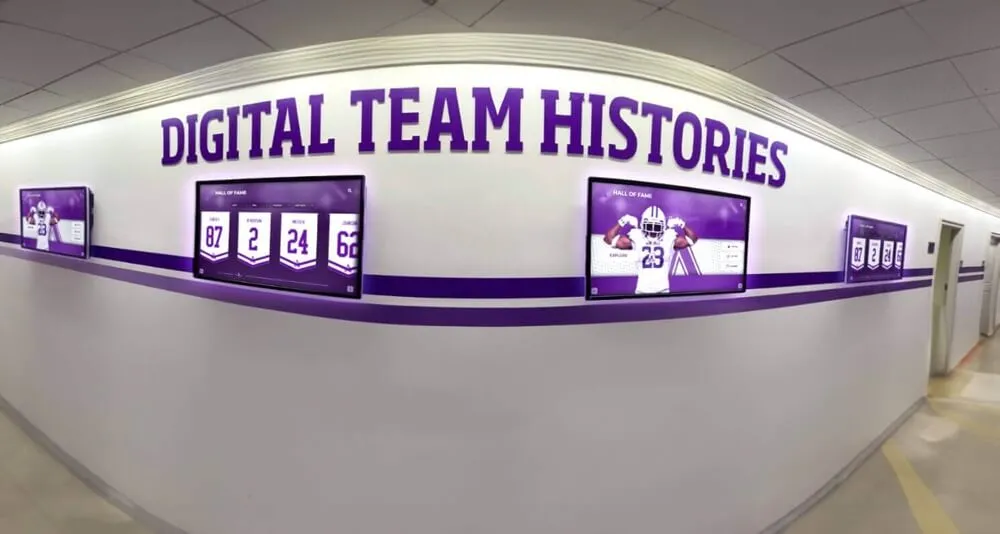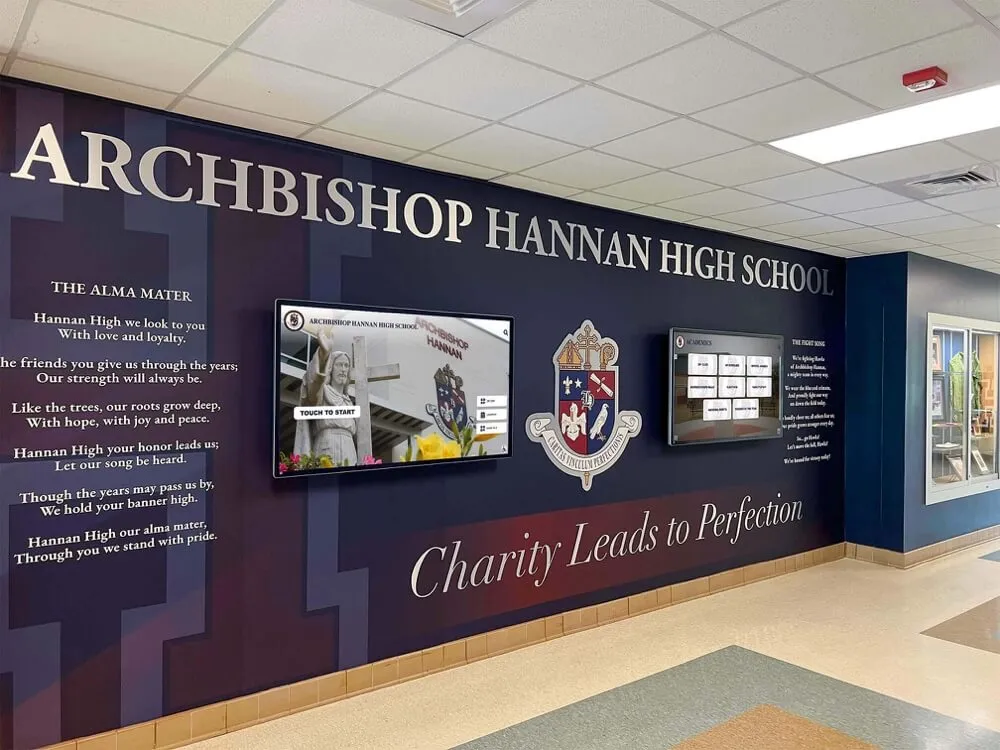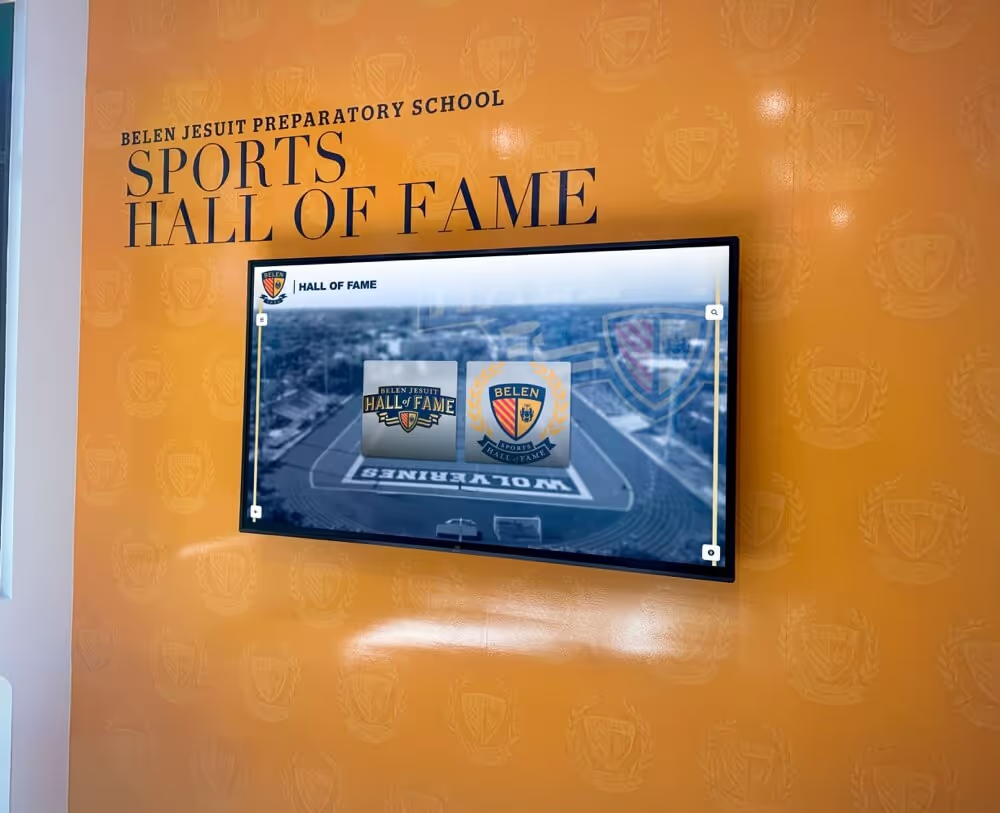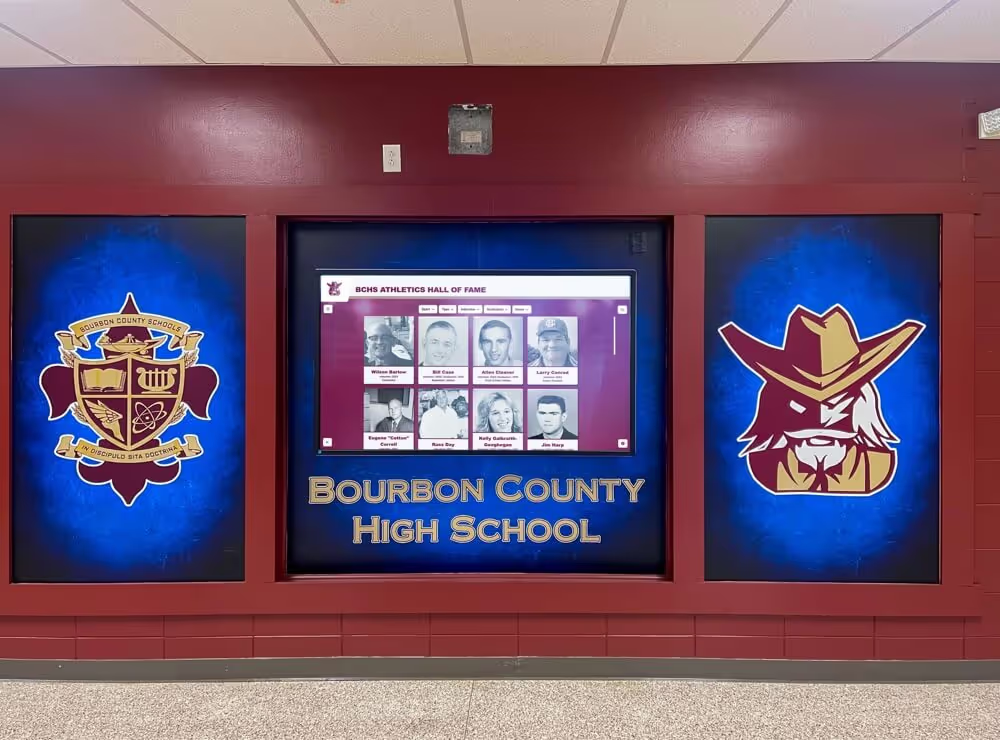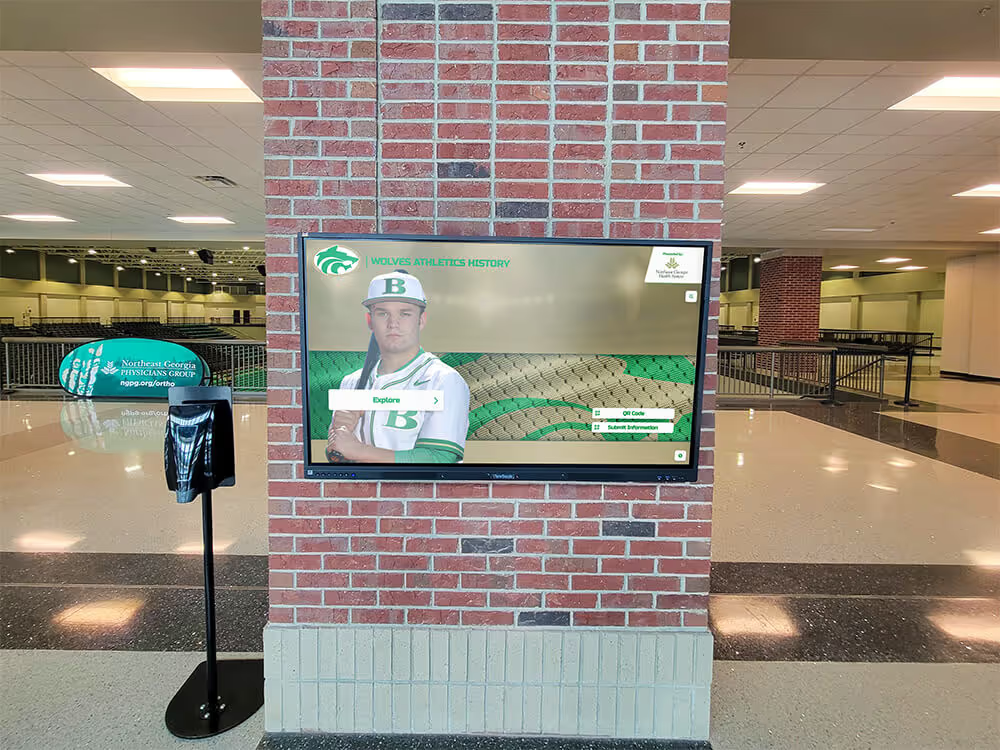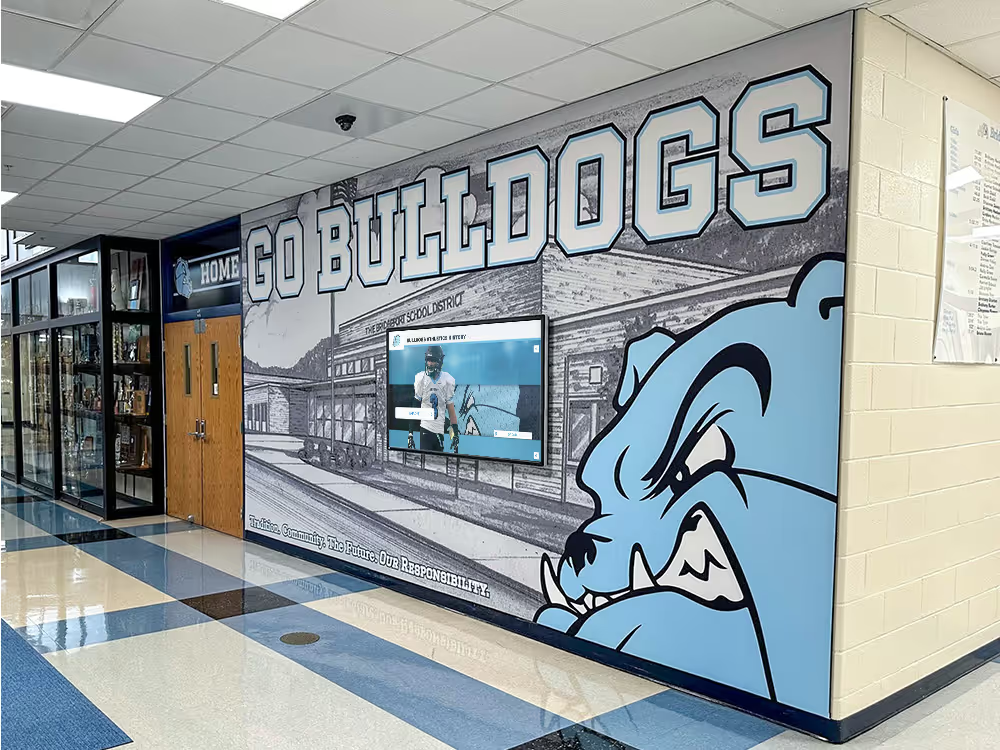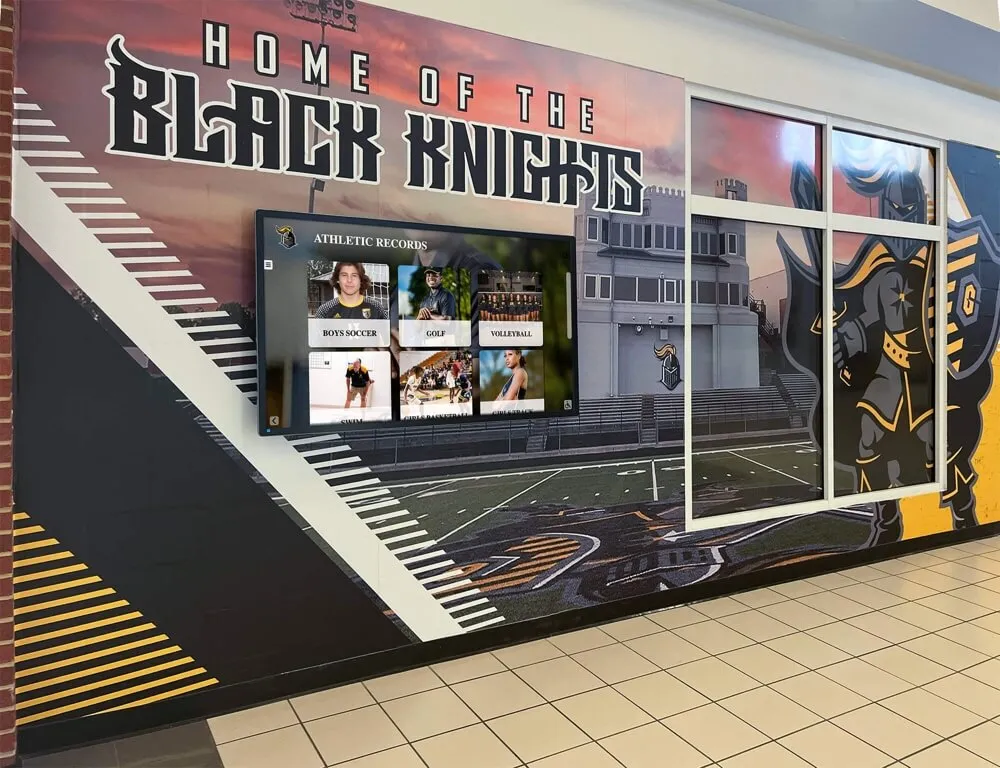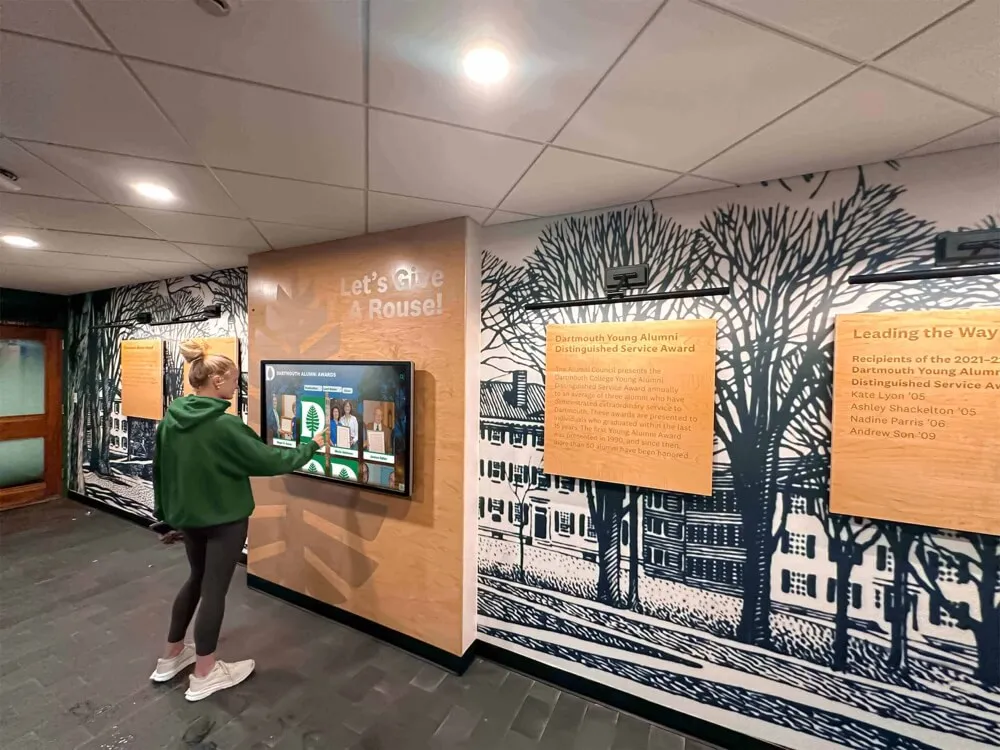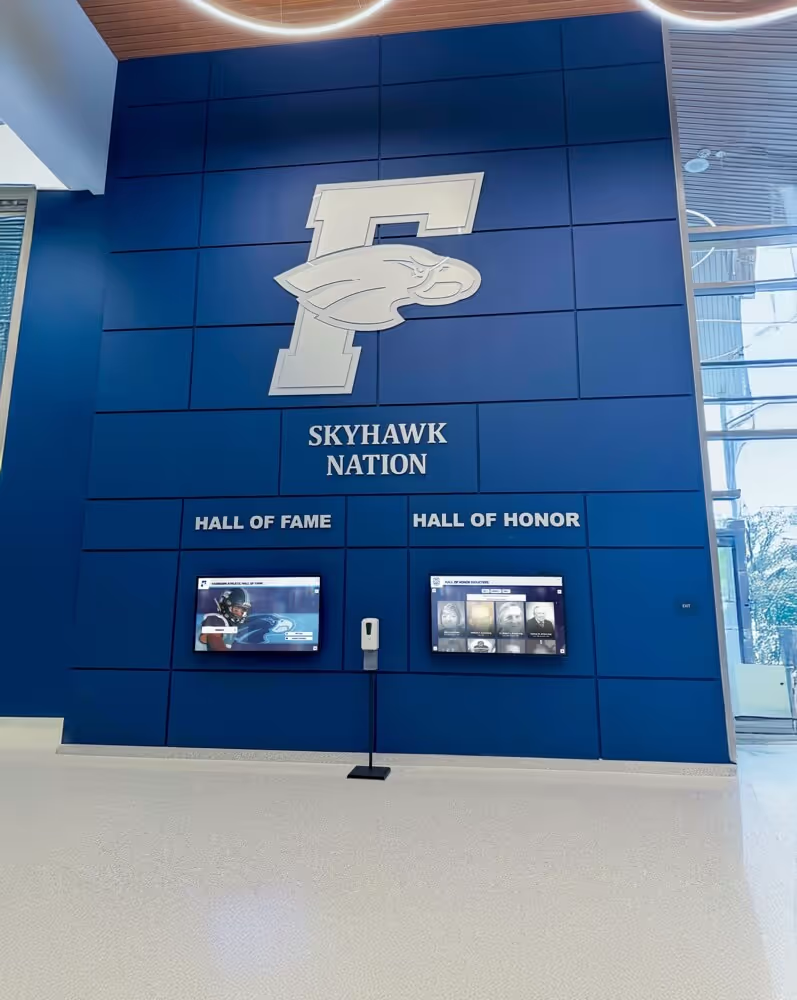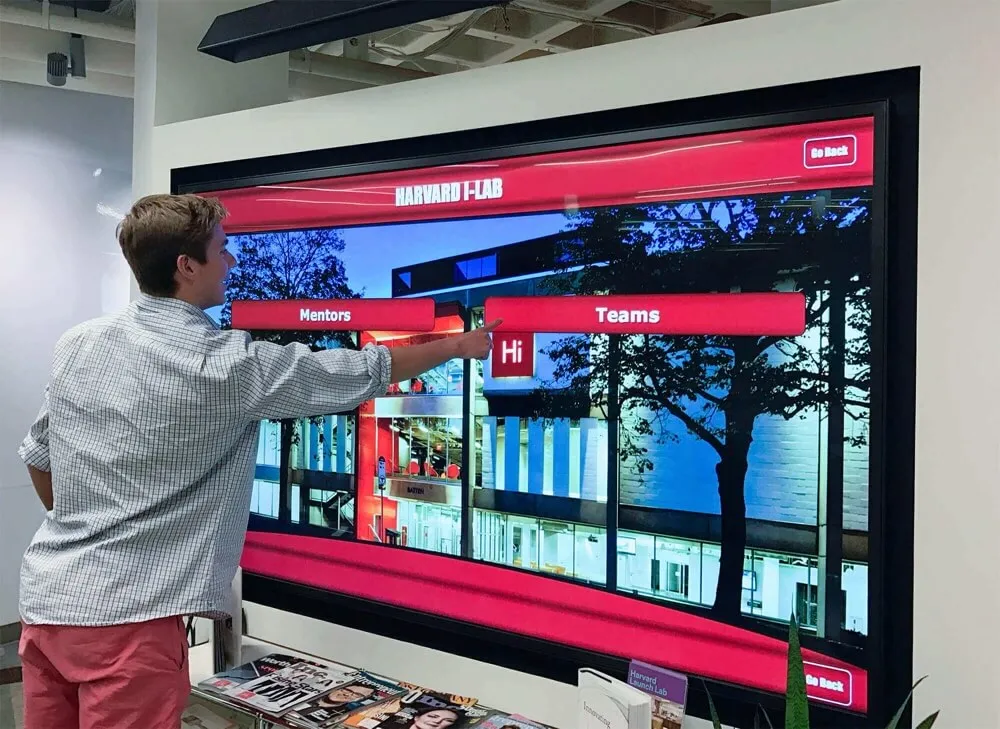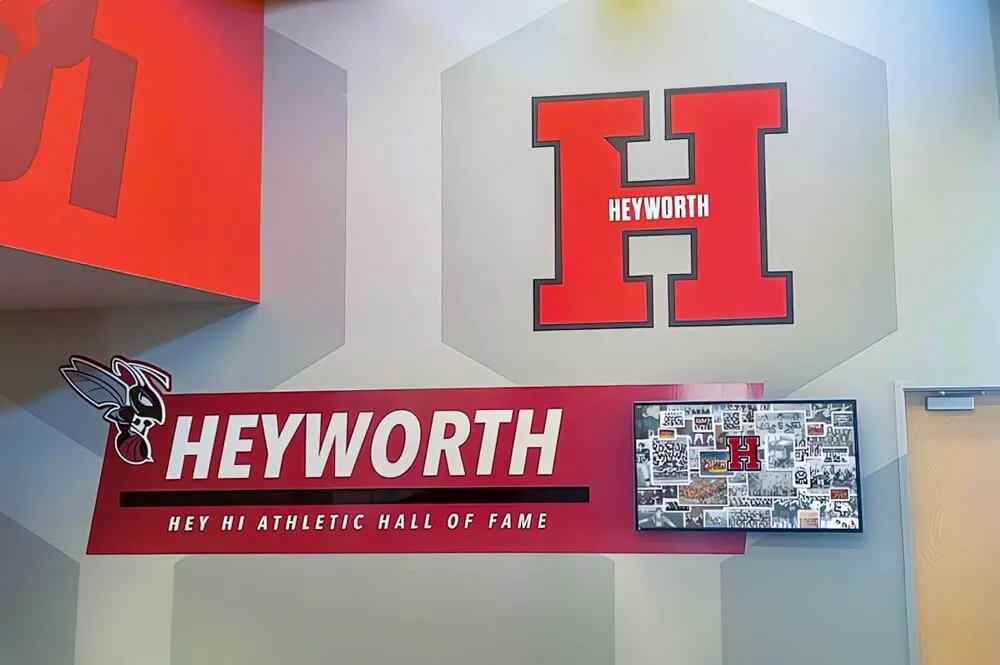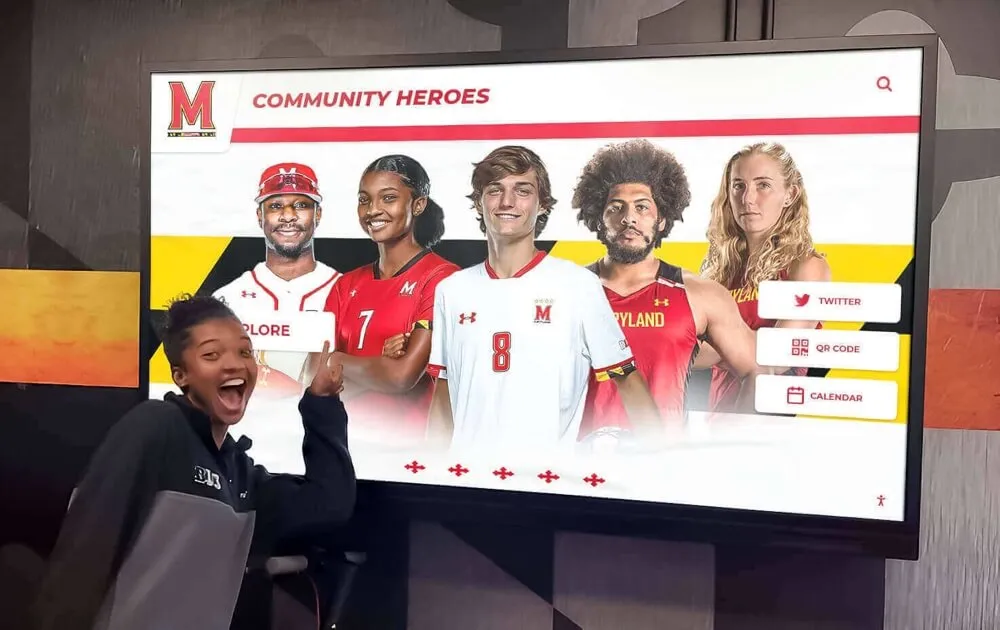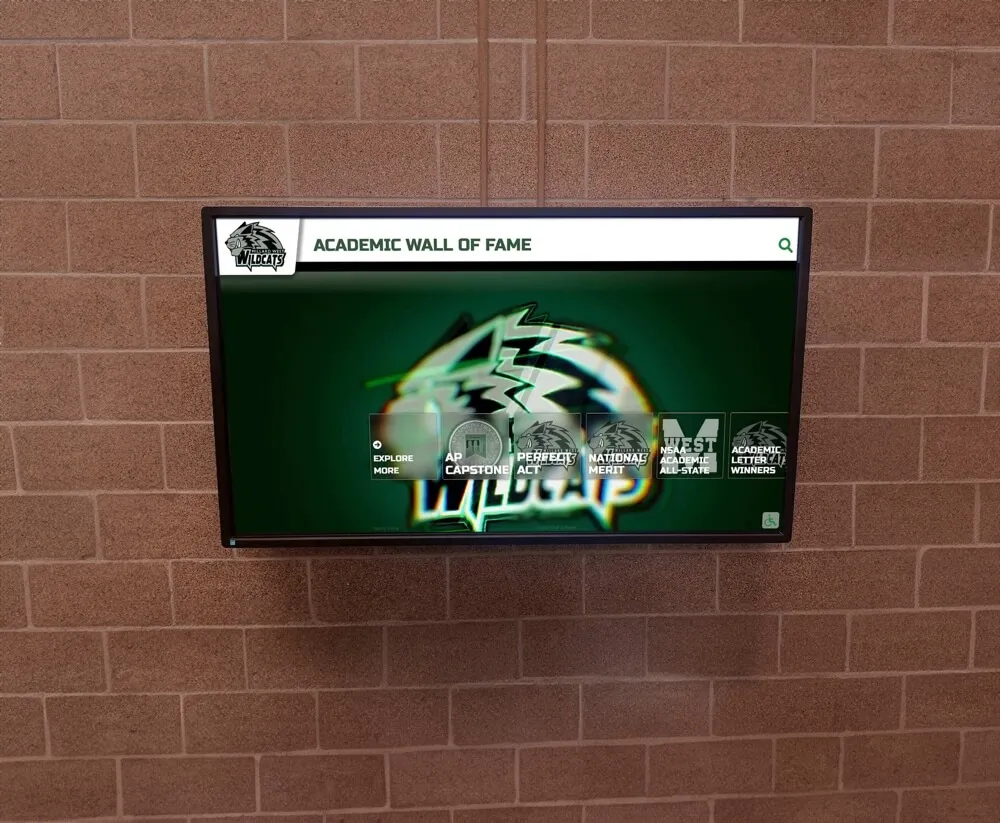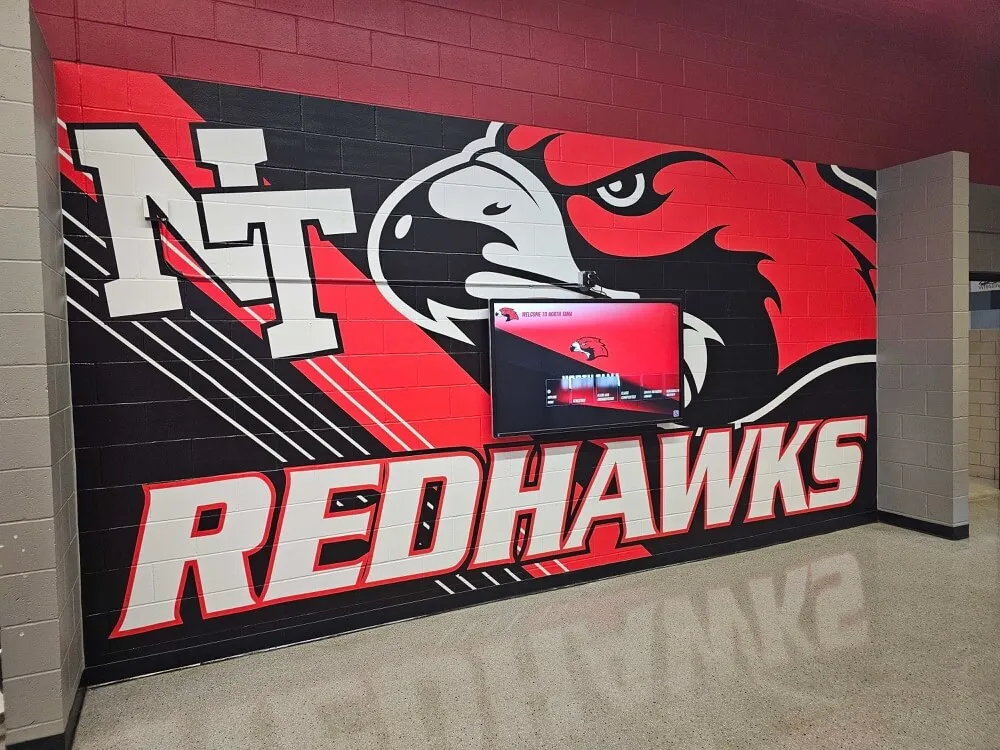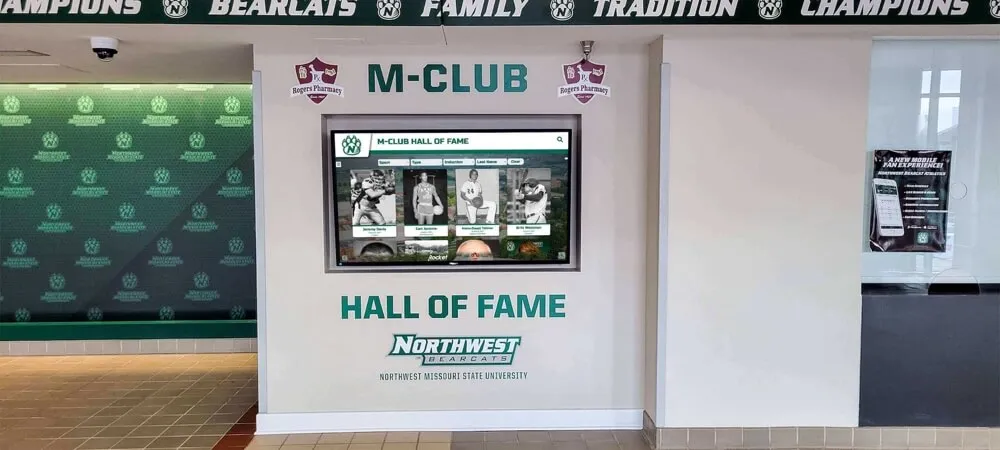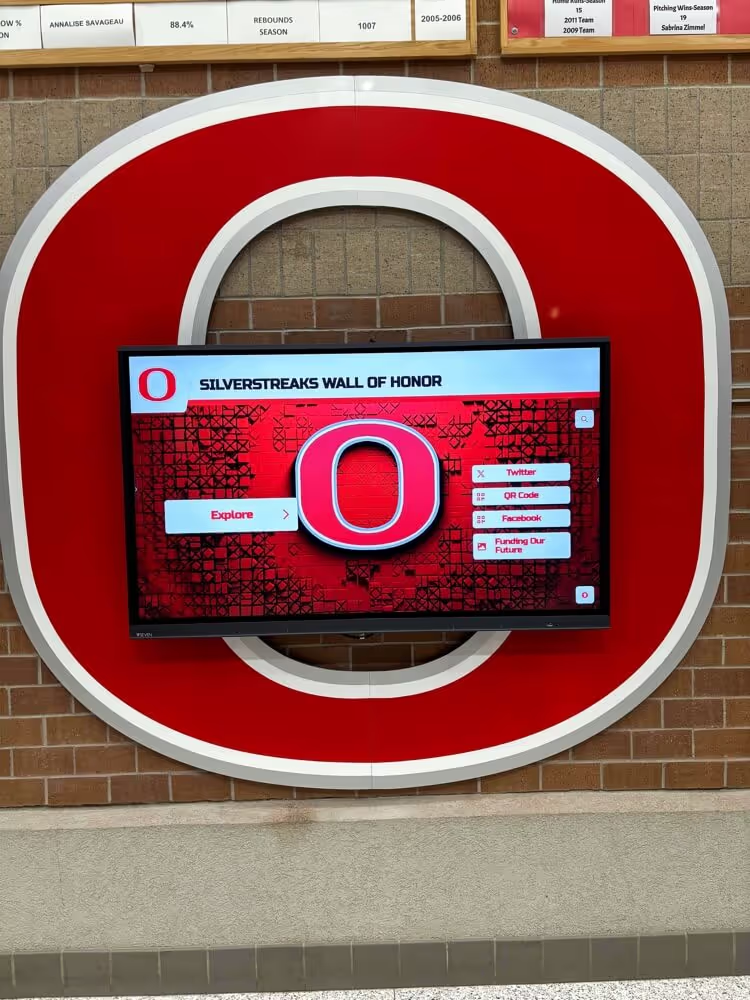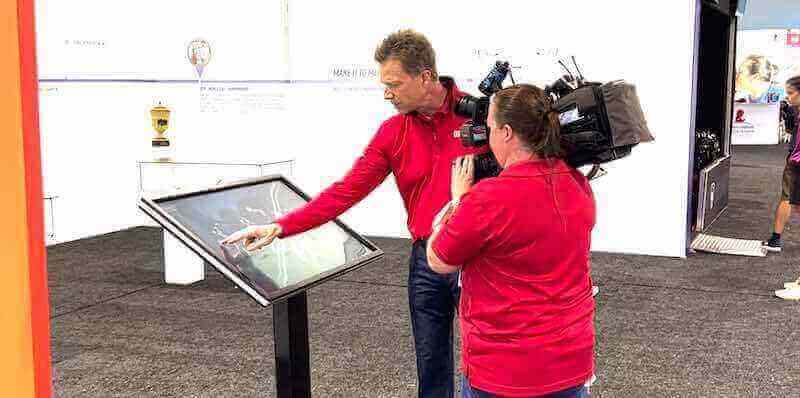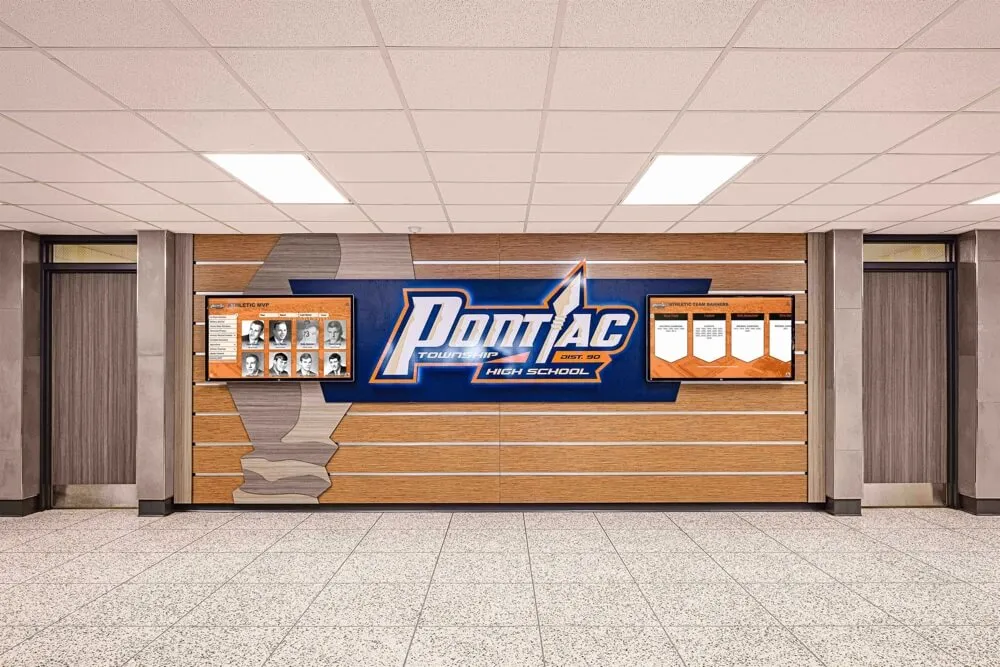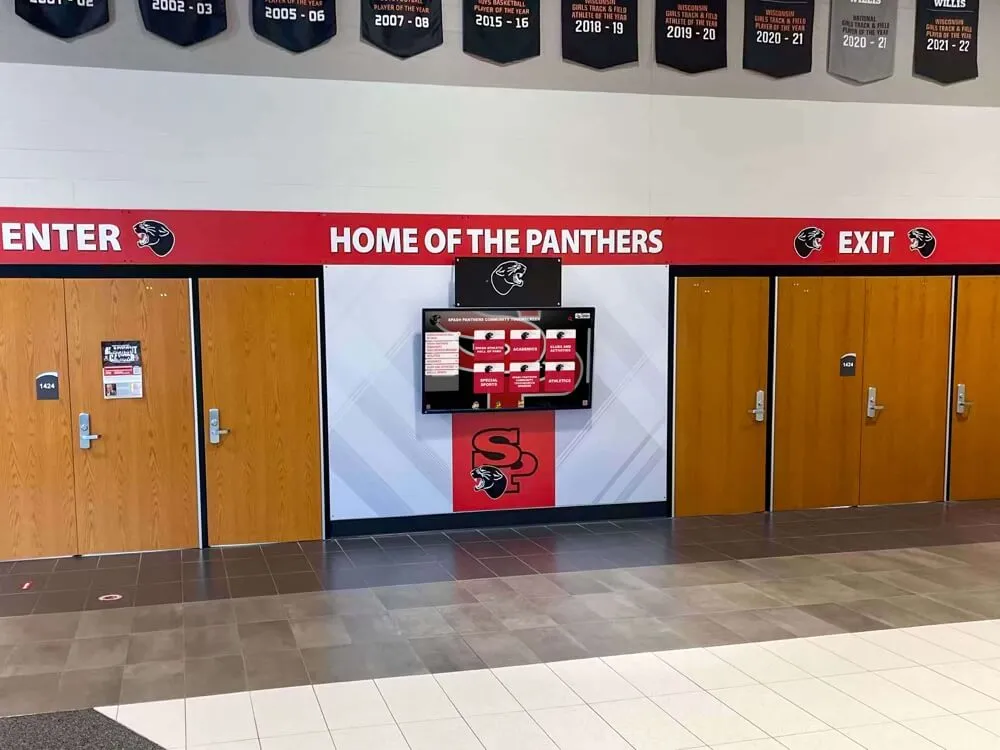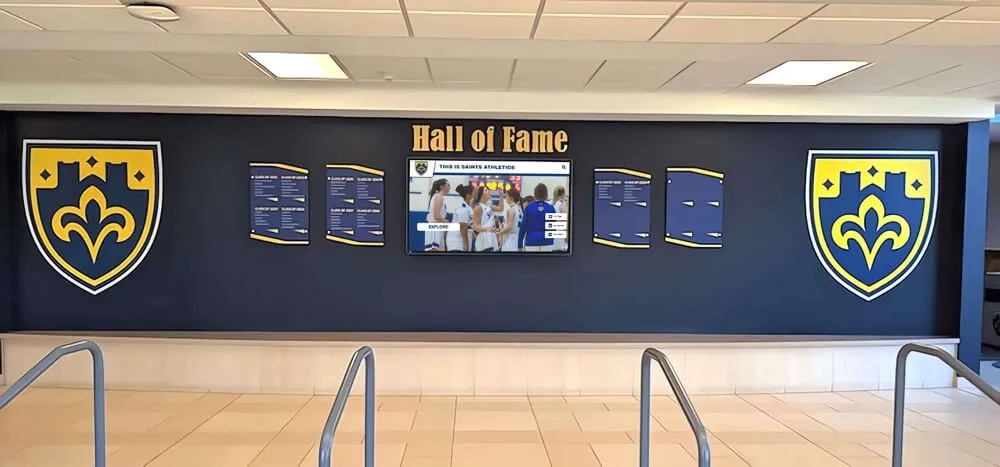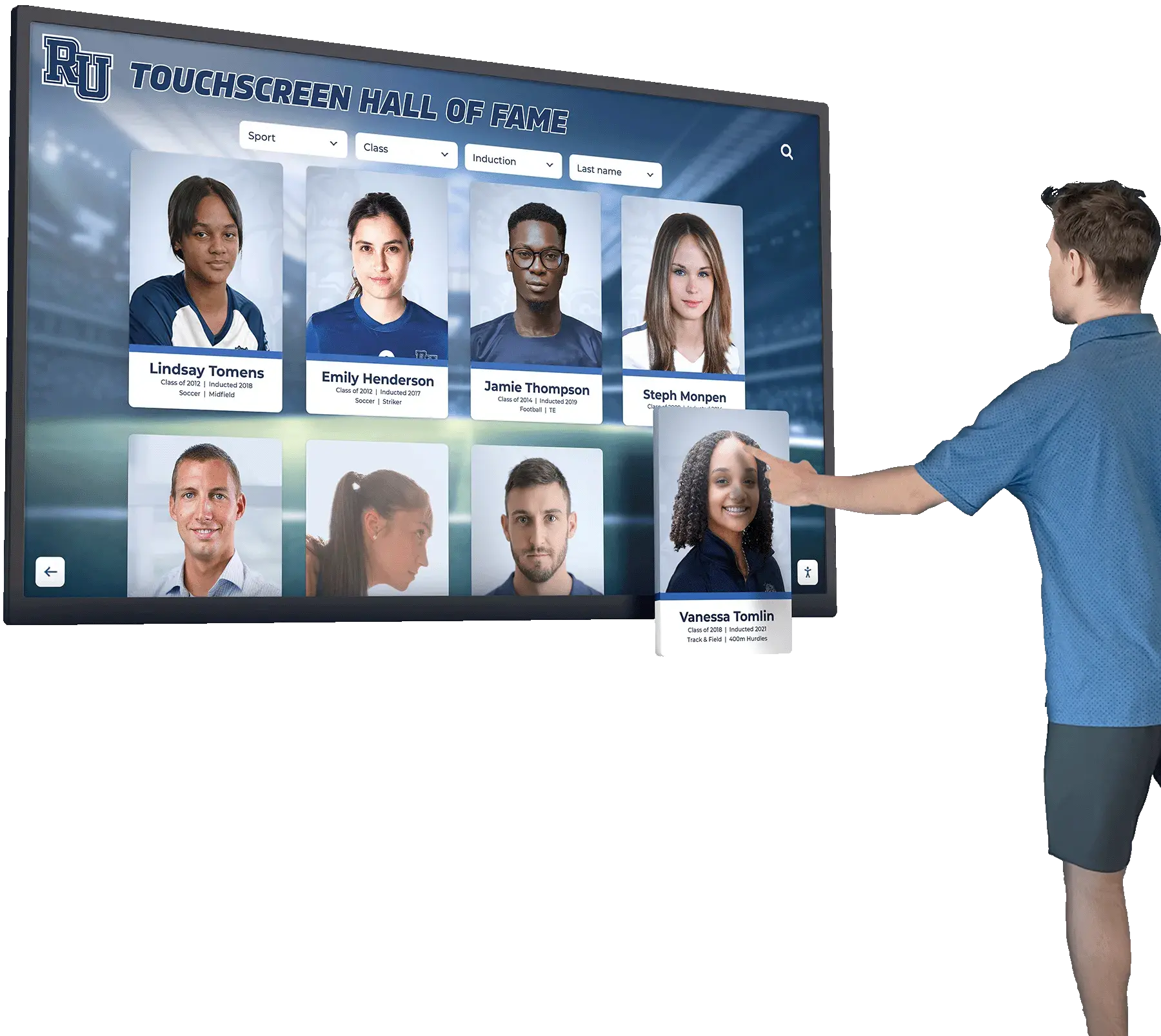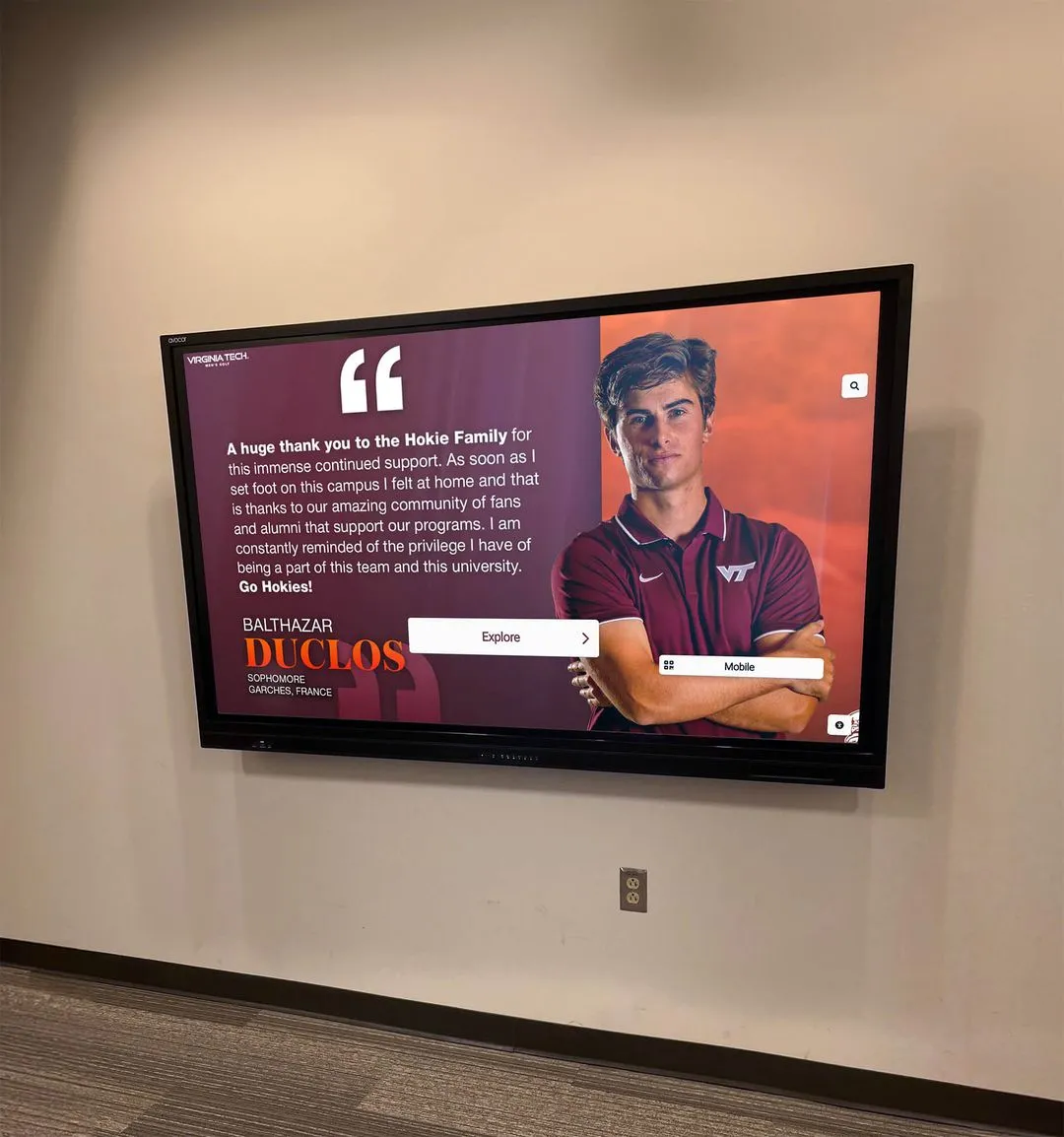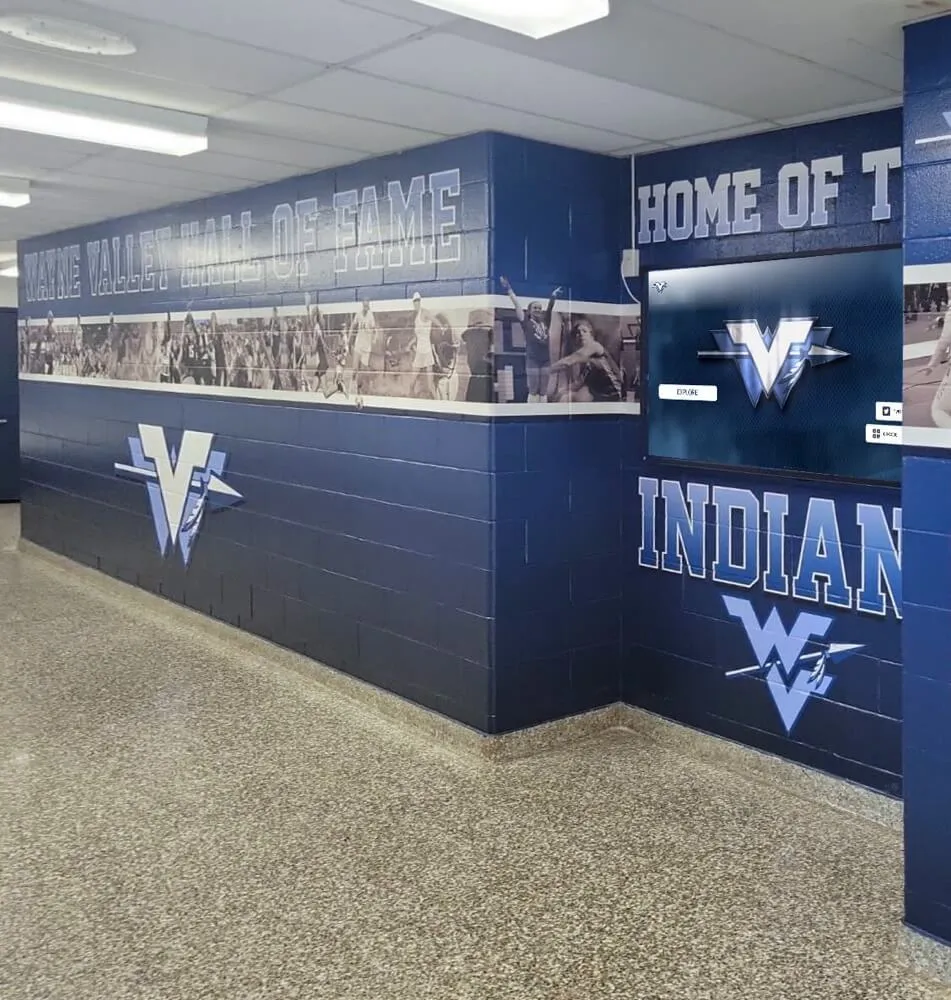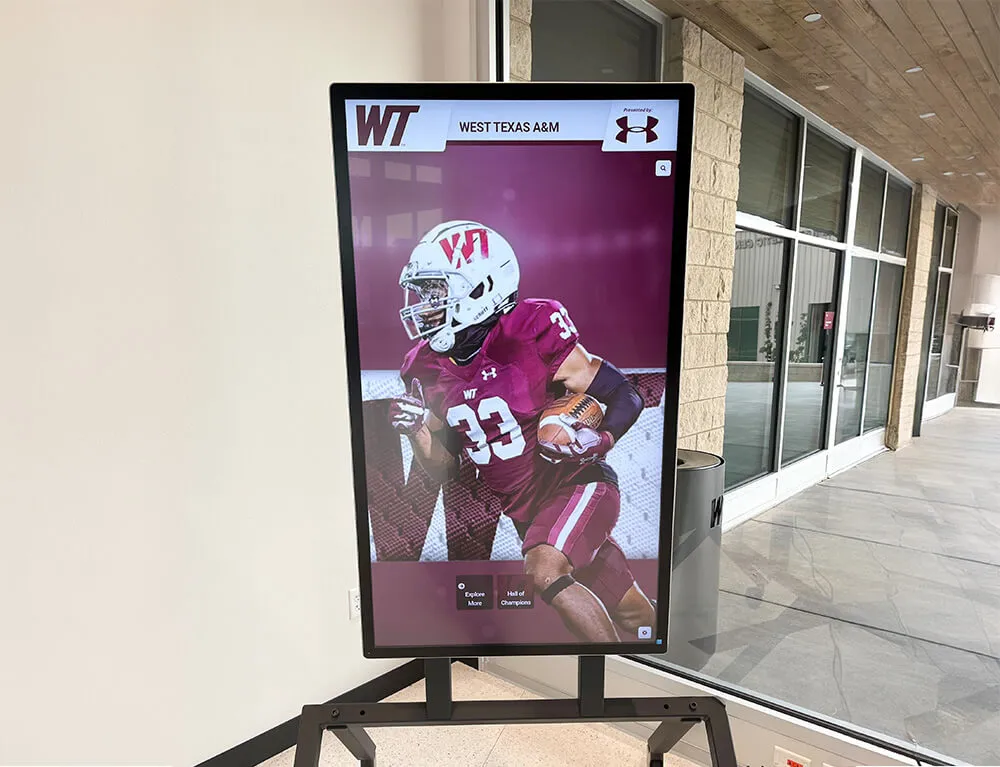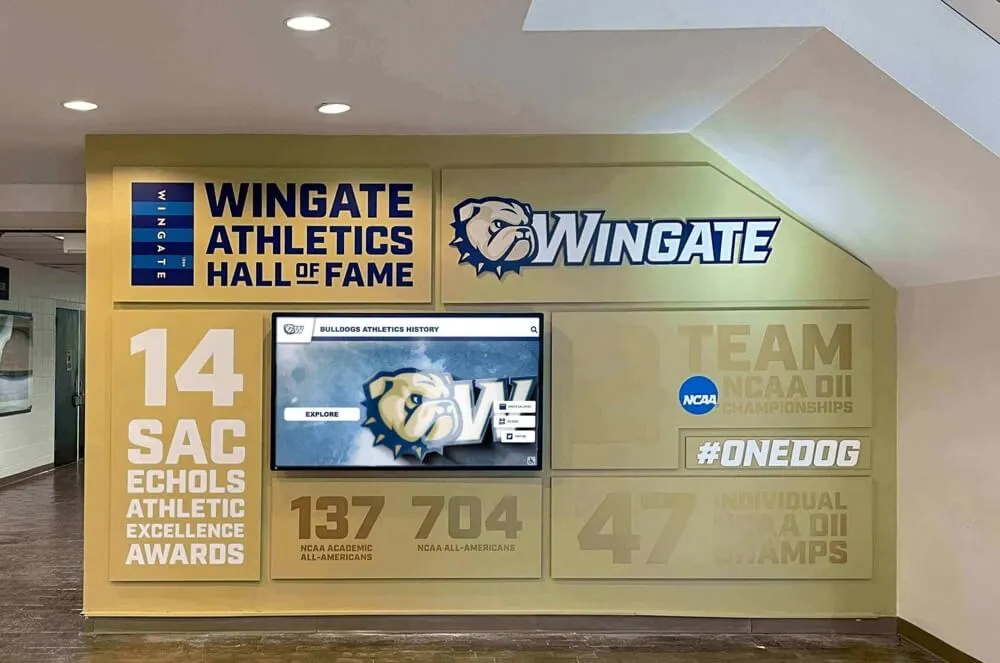The evolution of digital Wall of Fame technology continues at a rapid pace, with innovations emerging that will fundamentally transform how institutions recognize achievement and engage with their communities. As technology advances, recognition platforms are incorporating new capabilities that create increasingly personalized, immersive, and connected experiences. Let’s explore the key trends shaping the future of digital recognition.
Artificial Intelligence: From Static Display to Dynamic Guide
Artificial intelligence is revolutionizing digital recognition from passive displays to interactive knowledge systems:
Natural Language Interaction
Next-generation displays will incorporate sophisticated conversational interfaces:
- AI-Powered Digital Guides: Virtual assistants that can answer detailed questions about honorees and achievements
- Voice Recognition: Hands-free navigation and content exploration
- Personalized Content Delivery: AI that learns visitor preferences and suggests relevant achievements
- Multilingual Capabilities: Real-time translation enabling global accessibility
Predictive Recognition Systems
AI is transforming how content is managed and presented:
- Automated Content Curation: Systems that identify connections between achievements and create thematic showcases
- Achievement Pattern Recognition: AI that identifies trends in institutional accomplishments over time
- Content Optimization: Automatic enhancement of historical imagery and recordings
- Predictive Engagement Analysis: Anticipating which content will resonate with different audience segments
Extended Reality: Beyond the Screen Experience
The boundaries between physical and digital recognition are blurring through extended reality technologies:
Augmented Reality Integration
AR overlays add depth to recognition experiences:
- Mobile Companion Experiences: Smartphone apps that enhance physical or digital displays
- Historical Context Overlays: Viewing past achievements in their original settings
- Achievement in Action: Visualization of performances, athletic feats, or scientific breakthroughs
- Alumni Location Mapping: Geographic visualization of global impact
Virtual Reality Immersion
VR creates new dimensions for recognition:
- Virtual Hall of Fame Tours: Remote exploration of recognition displays
- Immersive Achievement Recreation: Experiencing historic moments from first-person perspective
- Virtual Reunion Environments: Shared spaces where alumni can interact with institutional history
- Time Travel Experiences: Walking through different eras of institutional achievement
Case Study: Tomorrow Academy’s Recognition Innovation Lab
Tomorrow Academy is pioneering next-generation recognition technology:
“We’ve created what we call a ‘Living Legacy Lab’ where we’re experimenting with emerging technologies for our digital Wall of Fame. Our most successful implementation so far combines AI-driven storytelling with augmented reality. Visitors can have natural conversations with our display about any achievement, then use AR to explore related artifacts in 3D. The engagement metrics have been extraordinary—visitors spend an average of 17 minutes interacting with the system.”
Their pilot projects include:
- AI system trained on 75 years of institutional history
- Holographic recreations of significant performances and events
- Blockchain-verified achievement records
- Biometric personalization of visitor experiences
IoT and Ambient Intelligence: The Always-Aware Display
Smart, connected environments are transforming how recognition displays interact with visitors:
Proximity-Based Personalization
Displays that recognize and respond to specific visitors:
- Alumni Recognition: Automatic highlighting of achievements from a visitor’s graduation year
- Interest-Based Content Surfacing: Displaying content relevant to detected visitor demographics
- Individualized Welcome Experiences: Personalized greetings based on visitor identification
- Visit History Awareness: Displays that remember previous interactions and show new content
Environmental Adaptation
Recognition displays that respond to contextual factors:
- Crowd-Sensitive Content Rotation: Adjusting content depth based on visitor traffic
- Occasion-Appropriate Recognition: Featuring relevant achievements during special events
- Time-of-Day Optimization: Content tailored to different audience types throughout the day
- Environmental Condition Response: Display adjustments based on lighting and ambient noise
Blockchain and Distributed Technologies: Secure, Verified Recognition
Emerging verification technologies are creating new trust models for recognition:
Immutable Achievement Records
Blockchain creates permanent, verifiable records:
- Tamper-Proof Achievement Verification: Cryptographically secured recognition records
- Distributed Ownership: Community-validated achievement documentation
- Transparent Process Records: Open validation of selection criteria and decisions
- Digital Credential Integration: Connection to broader professional achievement records
Decentralized Contribution Systems
Community-powered recognition management:
- Alumni-Validated Achievements: Peer confirmation of accomplishments
- Collective Memory Verification: Group authentication of historical details
- Reputation-Based Contribution Systems: Trust metrics for content submission
- Cross-Institutional Verification: Achievement confirmation across educational networks
Biometric Interface Technologies: Intuitive, Natural Interaction
The way visitors interact with recognition displays is becoming more natural:
Gesture-Based Navigation
Movement-controlled interfaces eliminate traditional interaction barriers:
- Touchless Control: Navigation without physical contact
- Spatial Exploration: Using body movement to traverse achievement timelines
- Gesture Shortcuts: Intuitive movements to filter and sort content
- Collaborative Viewing Controls: Multiple visitor synchronized interaction
Emotional Response Integration
Systems that respond to visitor reactions:
- Sentiment Analysis: Content adjustment based on detected emotional responses
- Engagement Optimization: Extending or deepening content based on interest signals
- Emotional Impact Measurement: Quantifying the affective power of different achievements
- Mood-Adaptive Presentation: Adjusting tone and pace to visitor emotional states
Data Visualization: Making Institutional Impact Visible
Advanced visualization technologies are transforming how achievements are contextualized:
Dynamic Network Mapping
Visual representation of connections and influence:
- Mentor-Mentee Visualization: Tracing educational lineages through generations
- Collaboration Networks: Mapping relationships between recognized individuals
- Impact Flow Analysis: Visualizing how achievements influence subsequent accomplishments
- Cross-Disciplinary Connection Mapping: Identifying unexpected relationships between fields
Temporal-Spatial Visualization
Achievements placed in historical and geographic context:
- 4D Timeline Navigation: Exploring achievements across both time and location
- Contextual History Integration: Placing institutional achievements within broader historical events
- Geographic Impact Visualization: Mapping the global influence of institutional achievement
- Predictive Legacy Modeling: Projecting the continuing impact of achievements into the future
Implementation Considerations for Future Technologies
Institutions exploring next-generation recognition should consider:
- Scalable Architecture: Building systems that can incorporate emerging technologies
- Data Standardization: Creating structured information that supports advanced applications
- Privacy Framework: Establishing clear policies for biometric and personal data
- Digital Preservation Strategy: Ensuring long-term access to recognition content
- Inclusive Design Principles: Making advanced technologies accessible to all visitors
Conclusion: The Convergence of Recognition and Experience
The future of digital Walls of Fame lies at the intersection of recognition, storytelling, and experience design. As technology continues to evolve, recognition displays will transform from repositories of achievement to dynamic, interactive environments that bring institutional legacies to life in increasingly meaningful ways.
The most forward-thinking institutions recognize that investments in next-generation recognition technology aren’t merely about modernizing displays—they’re about creating powerful new ways for community members to connect with institutional identity and values.
At Rocket Alumni Solutions, we’re continuously exploring these emerging technologies to ensure our digital Wall of Fame platforms remain at the cutting edge of recognition innovation. Contact us to discuss how these future trends might be incorporated into your institution’s recognition strategy.





